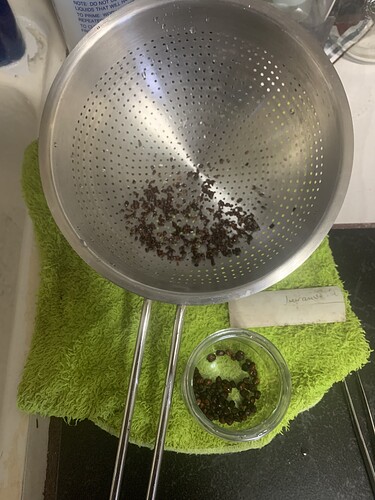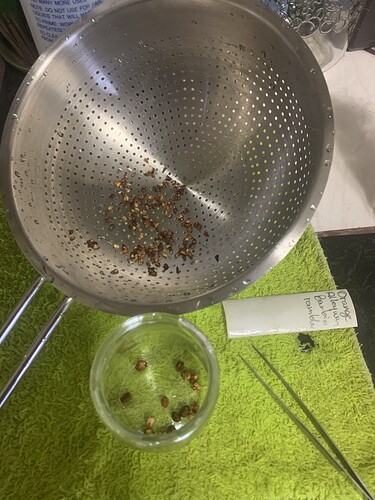Seed Size Matters
http://bulbnrose.x10.mx/KKing/SeedSizeEffects.html
http://bulbnrose.x10.mx/KKing/SeedSize.html
This subject has been on my mind for a long time, which partially explains why I ended up with two bibliographies that overlap in some cases.
The evidence is pretty much in agreement that, other things being equal, larger seeds produce more vigorous seedlings, yielding more fruit or seeds according to the type.
Webber (1931) reported on the use of citrange seedlings as root stocks for oranges. Citranges are hybrids of the common orange with the trifoliate orange (Poncirus trifoliata). Some of these hybrids are sexually sterile, but bear fruit with seeds. These seeds are derived entirely from maternal tissue. Therefore, they are all clones. Even so, plants raised from large seeds get started faster and don’t lose that advantage for several years. Used as stocks for oranges, the superior growth and yield of scions growing on large-seed stocks is enough to justify the extra expense of using only large seeds.
On the other hand, plants raised from smaller seeds tend to be more variable. Courvillon (2002) mentioned this fact in regards to redbud saplings grown for the nursery trade. But Yan (2012) noted that barley seed with varying amounts of endosperm removed produced plants that were more tolerant of salt.
To put it differently, the stress of partial starvation (less nutrition within the seed) exposes inherent variation that is usually masked. Furthermore, such plants are more inclined to rely on phenotypic plasticity, and alternative expression of the received heredity.
When we are looking for variations within a species, small seeds may produce more cooperative seedlings. Or, plant the large seeds closer together. It’s the stress that provokes young plants to show off their hidden talents.
But when we are working on garden varieties, we should not be deceived by that wonderfully vigorous seedling that is getting by on its trust fund … so to speak. It may be that a less impressive sibling is really the pick of the litter.



